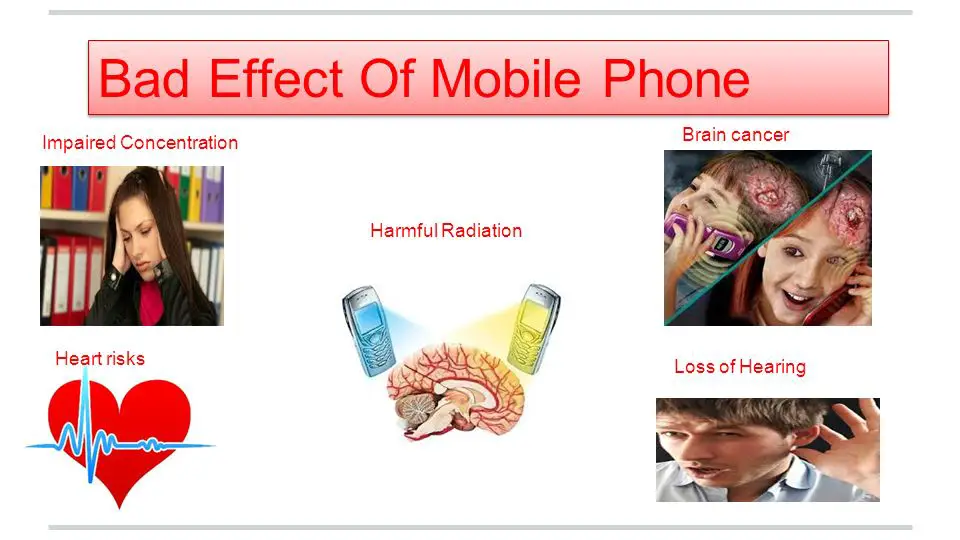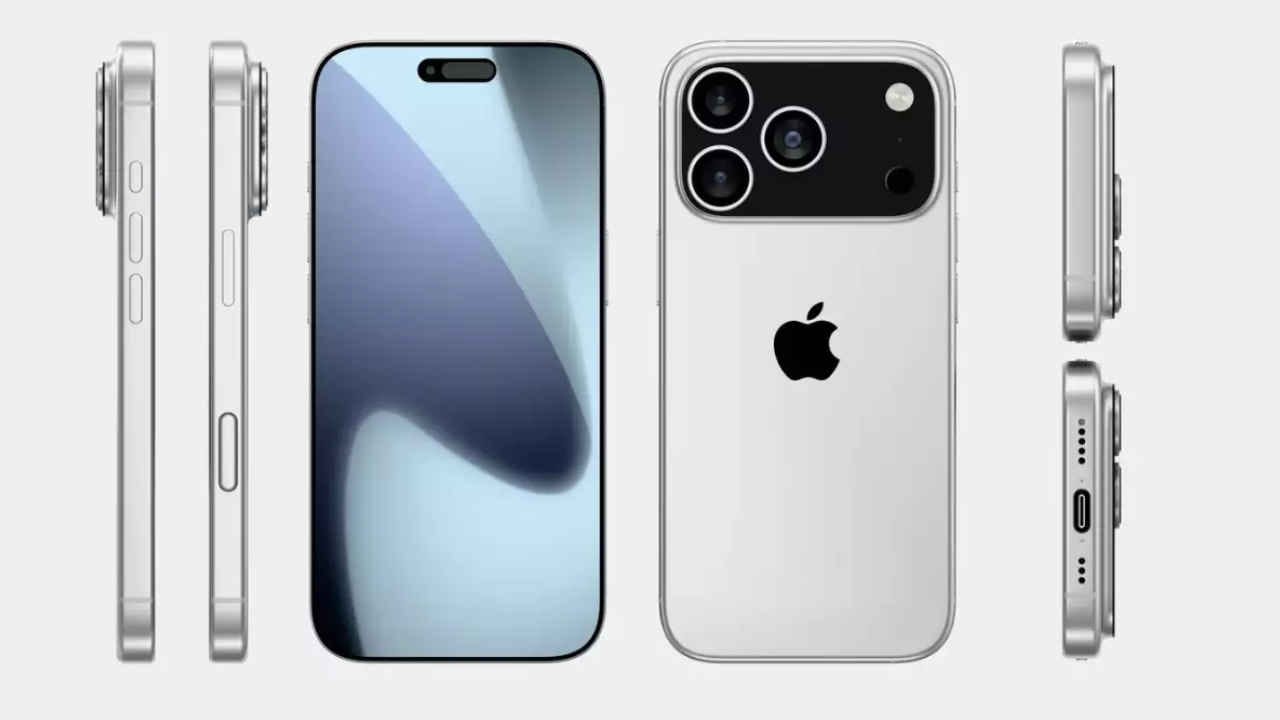In the rush to adopt new technologies we often forget or ignore its negative side and do not realize its impact until it is too late. A pervasive computing system is one such example, which introduces new, small, convenient, ubiquitous devices intended to replace huge stationary computers. These systems then end up in landfills and are not regular municipal waste. They contain a number of hazardous substances such as heavy metals, non-biodegradable materials and persistent, bioaccumulative toxins. Various end-of-life options need to be considered for such substances. The underlying attribute of pervasiveness is mobility and the use of wireless devices. Communication between such devices should be through the air rather than through wires. The only media currently used for this wireless communication is part of the electromagnetic spectrum (radio frequency). Constant exposure to this frequency is a cause of concern among some researchers. Though there are no studies that have consistently shown health hazards from RFR (radio frequency range), it does not prove the absence of danger. This paper is an attempt to make the reader aware of the danger to human life and ecosystem due to mobile devices and wireless communication and suggest some solutions for the same.
Introduction: Change is the only constant in the world, or better said advancement and development are imperative for any field of science and technology. The last one or two decades have seen a huge change in computing and communication science. Computer systems have come a long way from the initial application specific huge mainframe computers, which were used in closed protective environments. The main disadvantage of these systems, as perceived today, is their immobility. The computing scenario has now completely changed. Today we are witnessing the integration of various technologies to achieve mobility and access to any information anywhere. This is what we call pervasive computing – access to any information anywhere, anytime. This requires innovation to produce useful devices, which are not tied down to old fashioned wires or cables. The communication medium has changed from cables and twisted pair wires to wireless transmission. A part of the electromagnetic (EM) spectrum, which can travel in space without the need for wire, is used for this wireless communication. The development of such technology has far reaching implications on society.
Although good progress has been made in this direction, researchers and engineers are facing hurdles. In the rush to adopt new technology, we tend to ignore the side effects of technology and do not think about it until it is too late. There has been little or no thought given to the physical end result of pervasive computing – the present-day computing devices. Pervasive computing not only offers us a wonderful future of convenience but also a legacy of deadly clutter and hazardous waste: substances that are non-biodegradable, carcinogenic and toxic. Apart from this physical waste, energy consumption is another important environmental concern. While an individual mobile device is more energy efficient, the total energy consumption increases as the number of these devices increases. Apart from these environmental hazards, some researchers are concerned about the direct impact of wireless communication on the health of humans. Wireless communication uses radio frequencies, continuous exposure to which can cause cancer as shown by some experiments. We develop and advance new technologies to improve human life and comfort. As researchers and engineers it is our responsibility to be aware of the dangers of such advancements and take control before it is too late.
The threats pervasive computing has been driven by ambitious, exciting and noble goals – to make computing as useful and unobtrusive as utilities like electricity and water; to create “peace” rather than distraction; and to make the benefits of computers accessible to all by developing not just powerful, expensive machines but “small cheap machines”. We got so engrossed in making this technology unobtrusive that we ignored the long-term negative impacts that this technology is having on our society. The threats posed by the introduction of such devices can be classified as: i) Environmental threat: a) Physical waste b) Energy consumption ii) Health threat.
It poses threats to humans and other flora and fauna in two ways – direct (environmental) and indirect (health) threats. Disposal of computing devices, which are soon becoming obsolete due to the introduction of useful devices, is a serious threat to the environment due to the hazardous waste they produce: plastics that do not biodegrade, heavy metals that are carcinogenic, toxic gases emitted from production and incineration, and landfills that pose a threat to future generations. This is physical waste that cannot be classified under regular municipal waste and requires different final disposal options. Apart from this physical waste, another important environmental concern is energy consumption. One of the basic requirements of a mobile device is that it should be energy efficient. These days, these devices are becoming more and more energy efficient, but as the total number of them is increasing rapidly, the total energy consumption due to such devices is increasing. In the case of pervasive computing, this environmental impact is greater than current computing due to the use of batteries.
These mobile/wireless devices have become very common in the last few years. Most of these devices operate in the radio frequency or microwave range. Radio frequency fields can cause thermal effects at high exposure levels. Researchers are investigating the possibility that radio frequency fields associated with cellular phones may cause other adverse effects (e.g., effects other than heating, such as cancer). There is concern that the established effect of wireless radiation, even if small, could have a considerable impact in terms of public health. With the large number of cell-phone users (over 100 million in the US alone) even a small effect could cause an “epidemic-like problem”. In addition to the wireless devices that users carry with them, wireless transmission towers for radio, TV, telecommunications, radar, and many other applications also emit radio frequency radiation. There is some evidence that the effect of radio frequency radiation increases over time. Another concern is that with the move to pico-cells, a greater number of base stations will be located close together and this will undoubtedly increase public exposure to microwave energy over time. These towers and base stations are usually located far from human habitations, however, it is clear that low intensity radio frequency radiation is not biologically inert.
Read Also:
- Indian Mobile Handset Sector
- Mobile Phones: The Fastest Growing Digital Devices In Emerging Markets
- Research On The Long-Term Effects Of Radiation Emitted From Mobile Phones On Kidney Cells
- Cyber Threats To Mobile Phones
- Development and Future Forecast of China’s Mobile Phone Industry








Leave a Reply